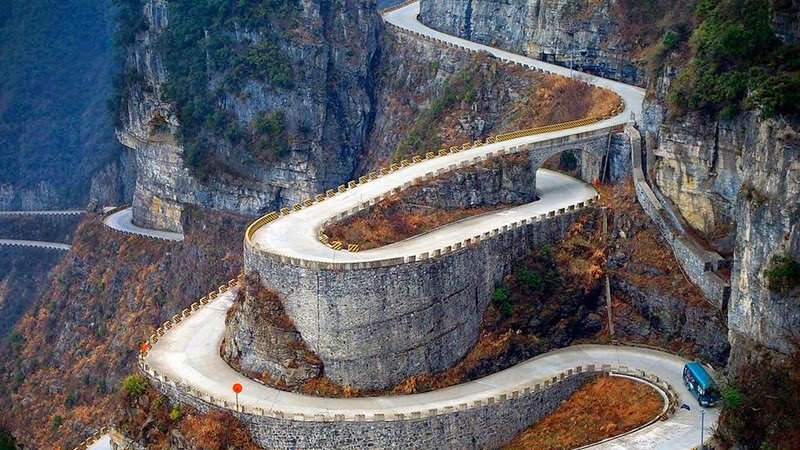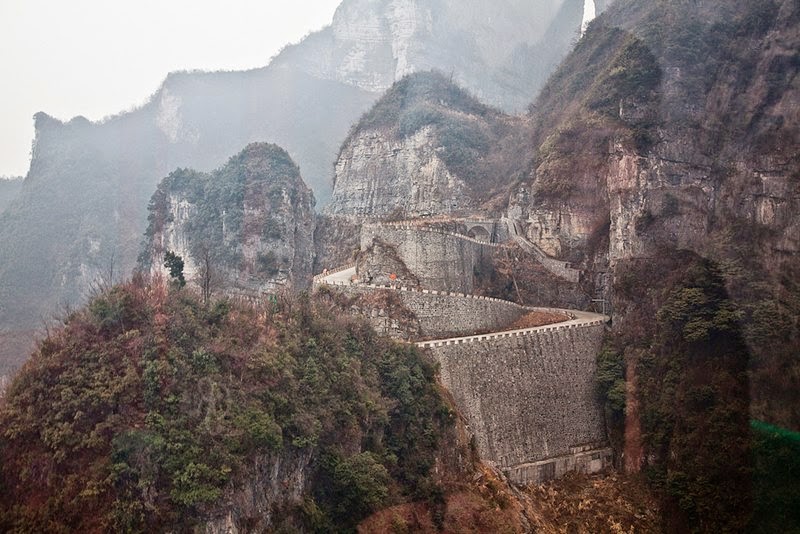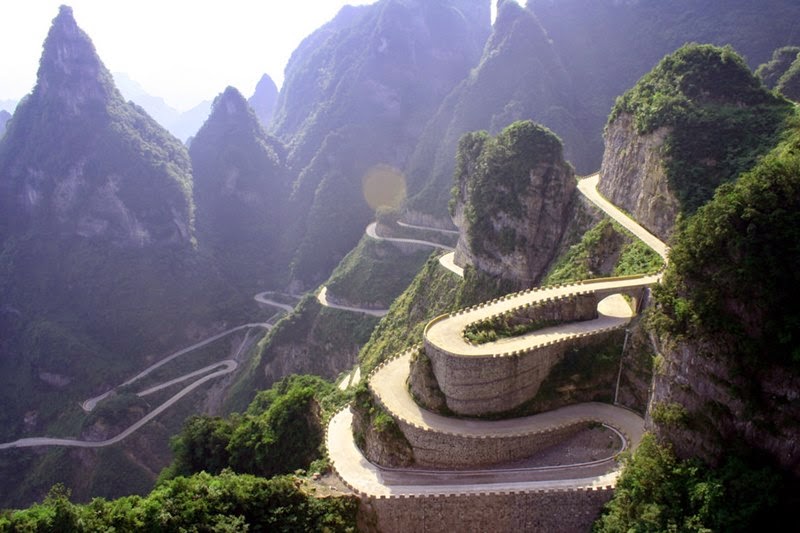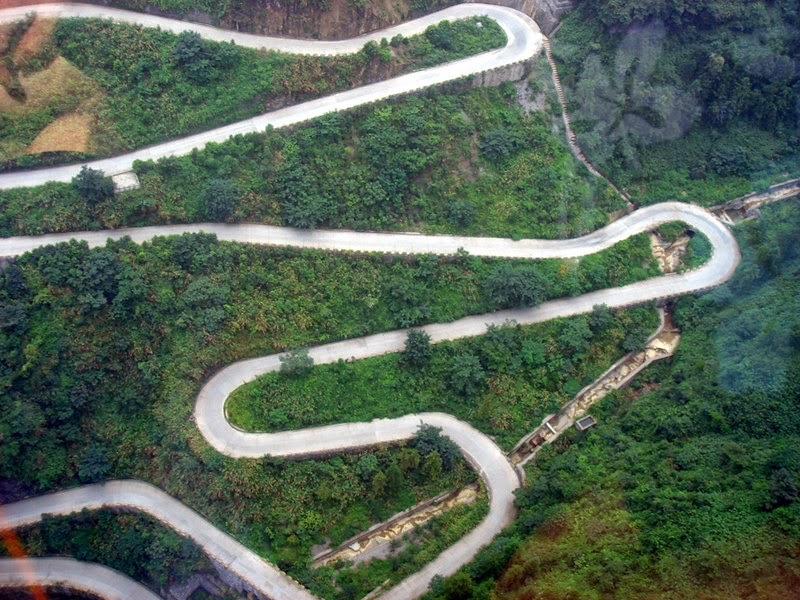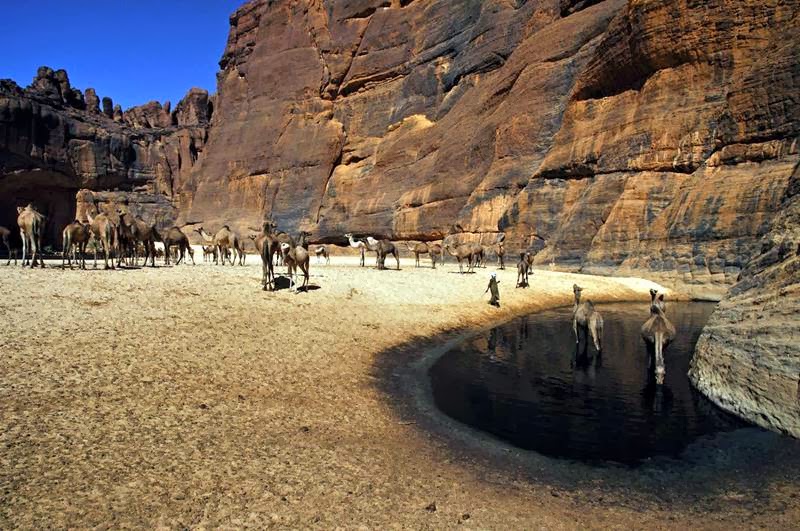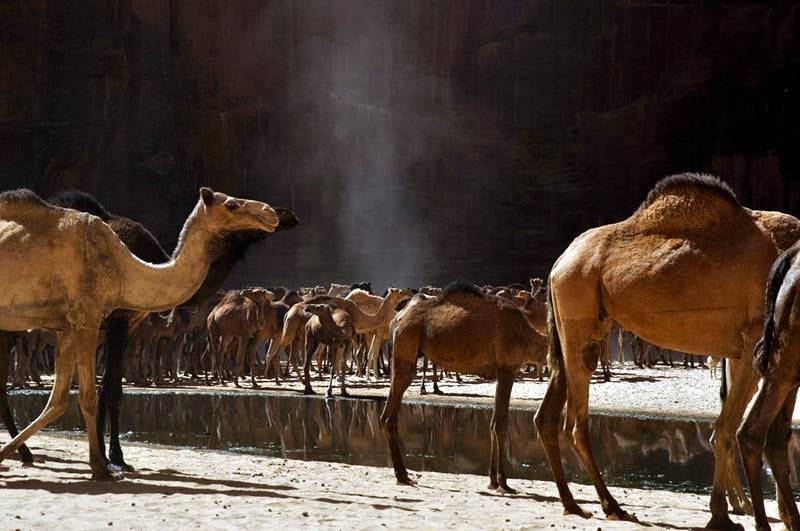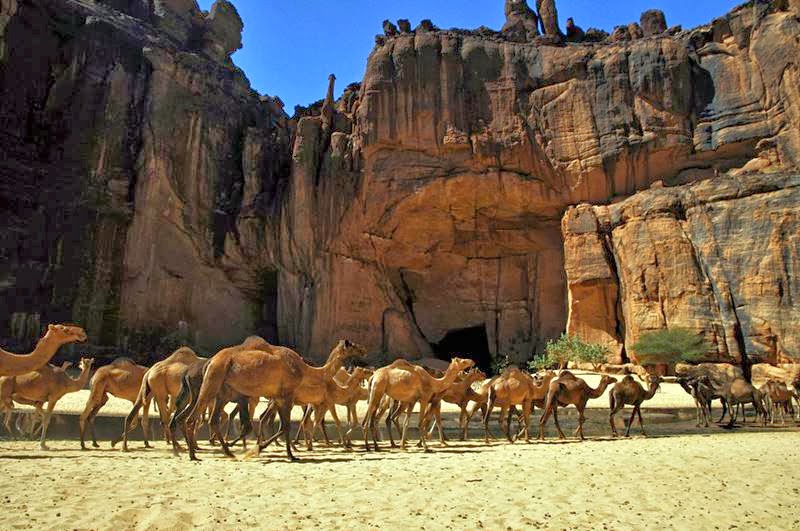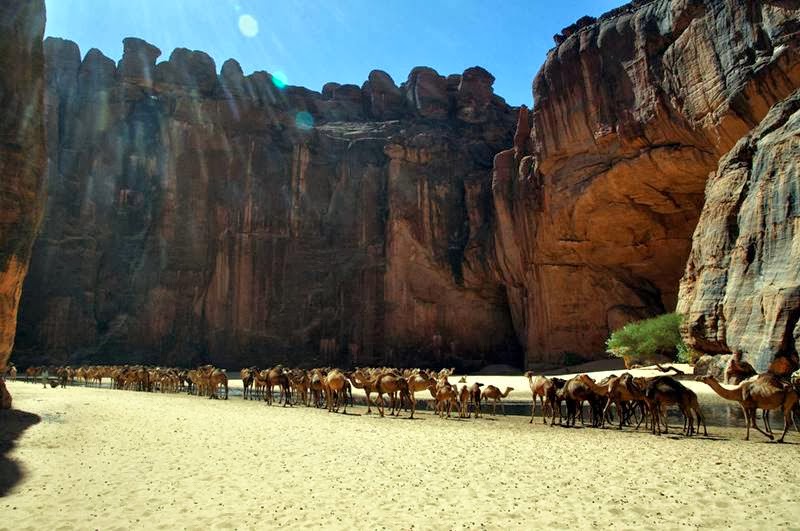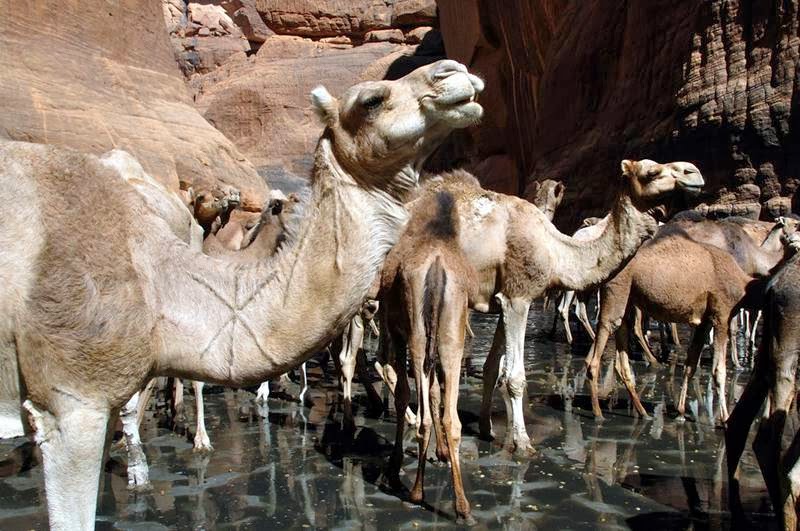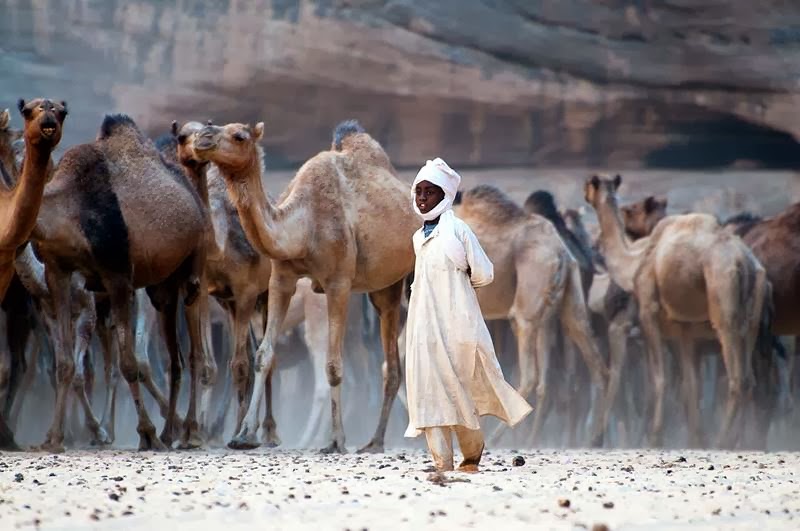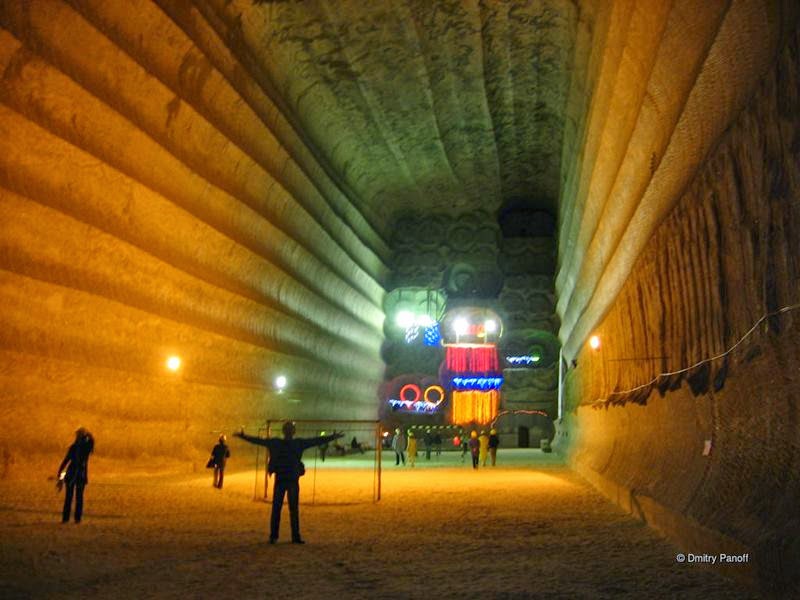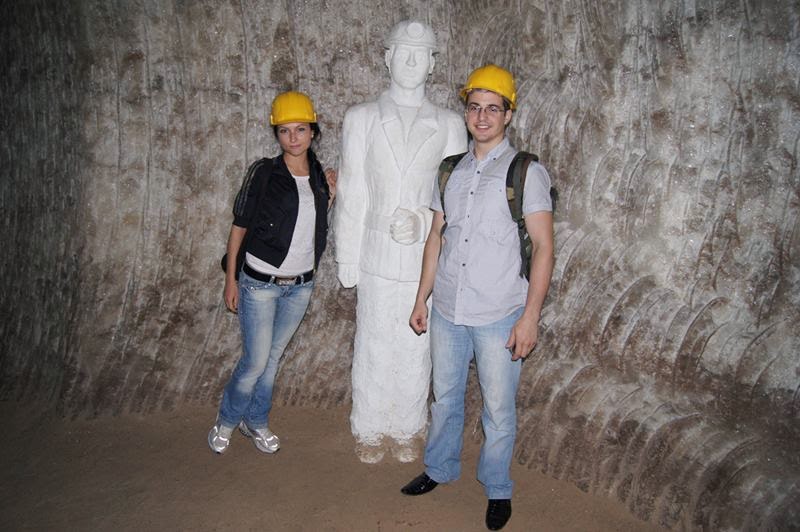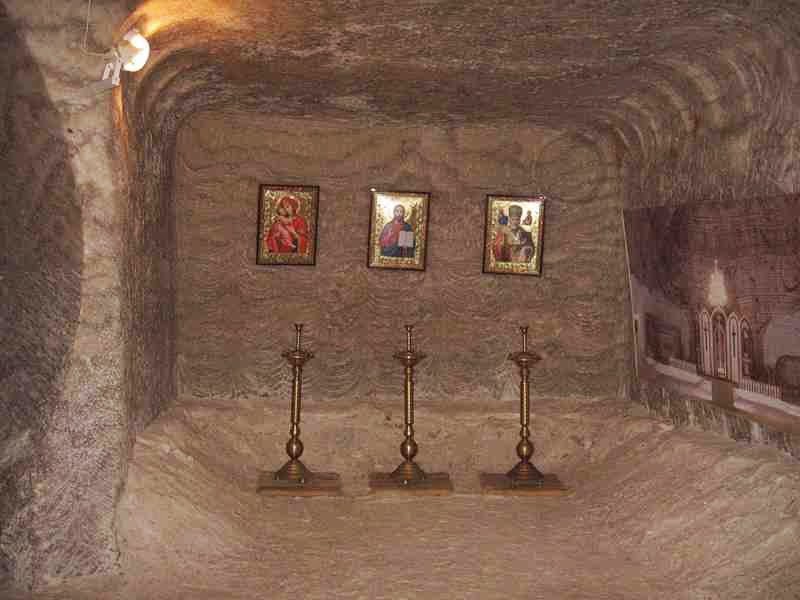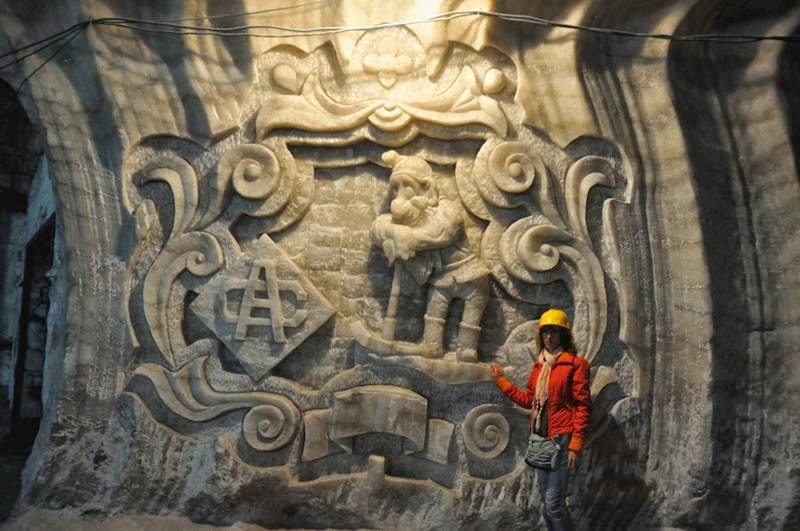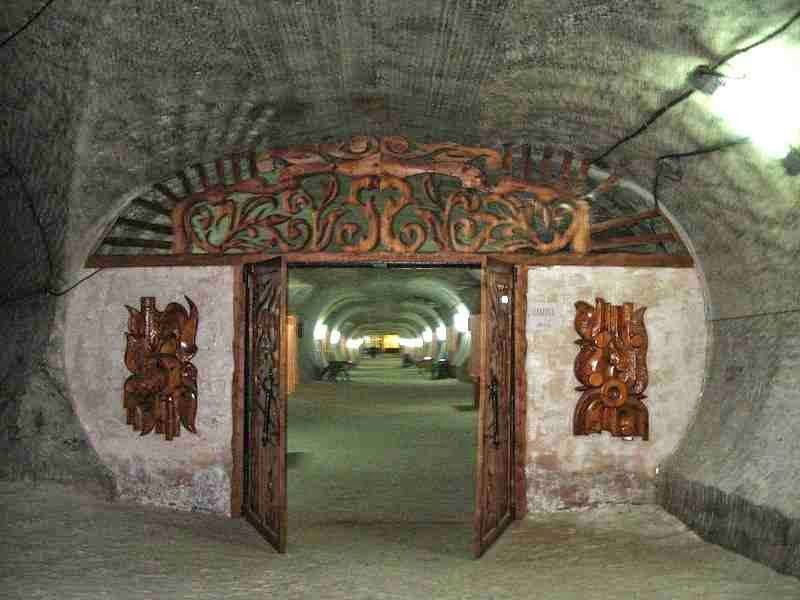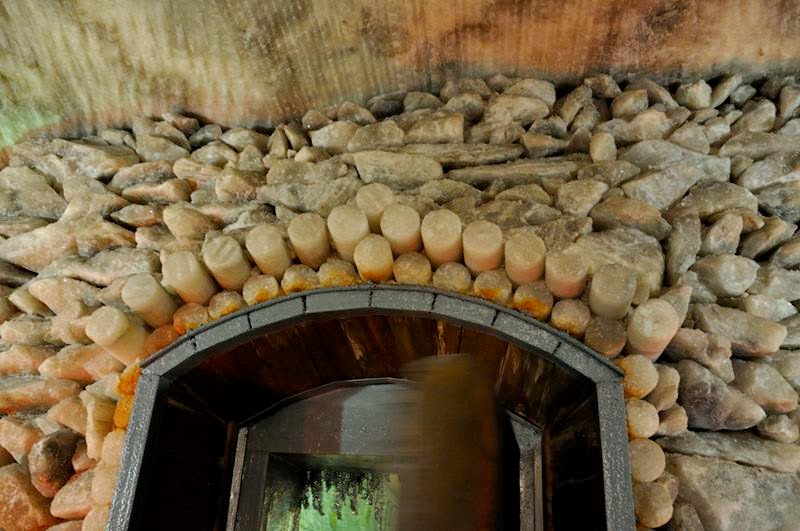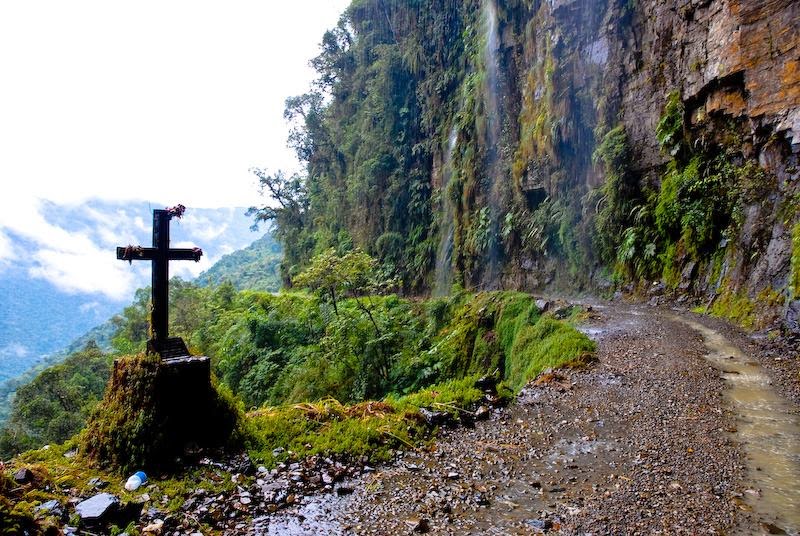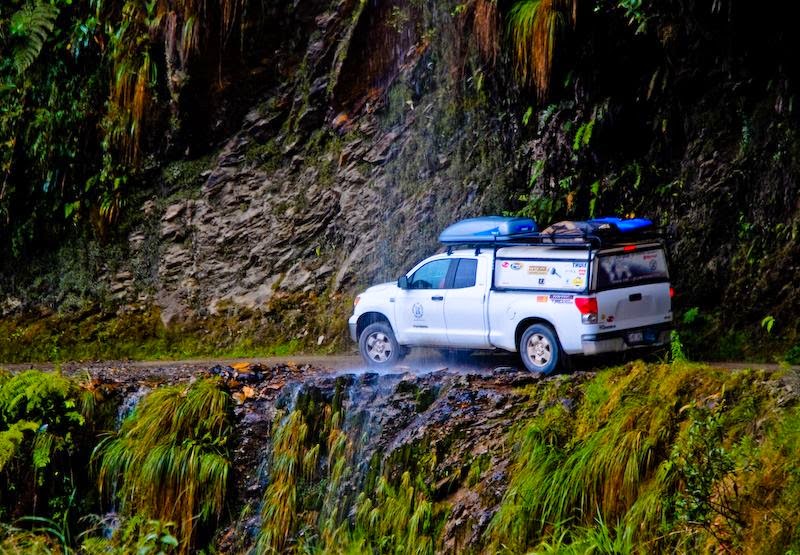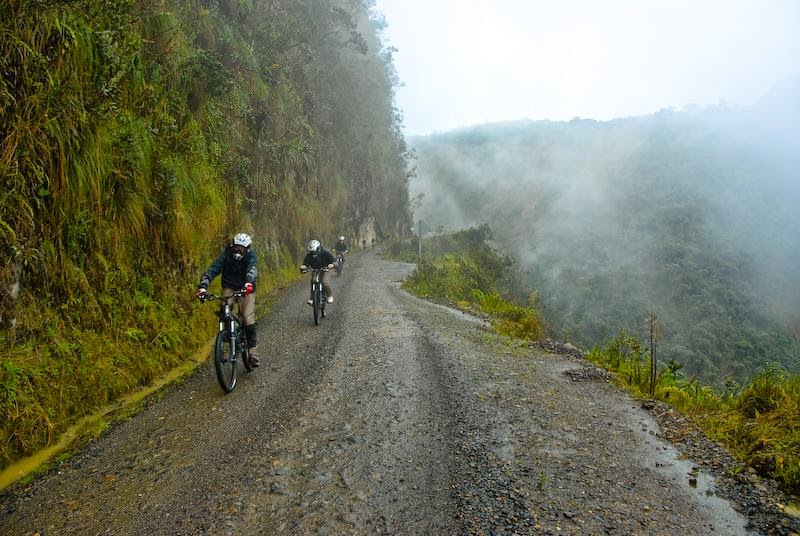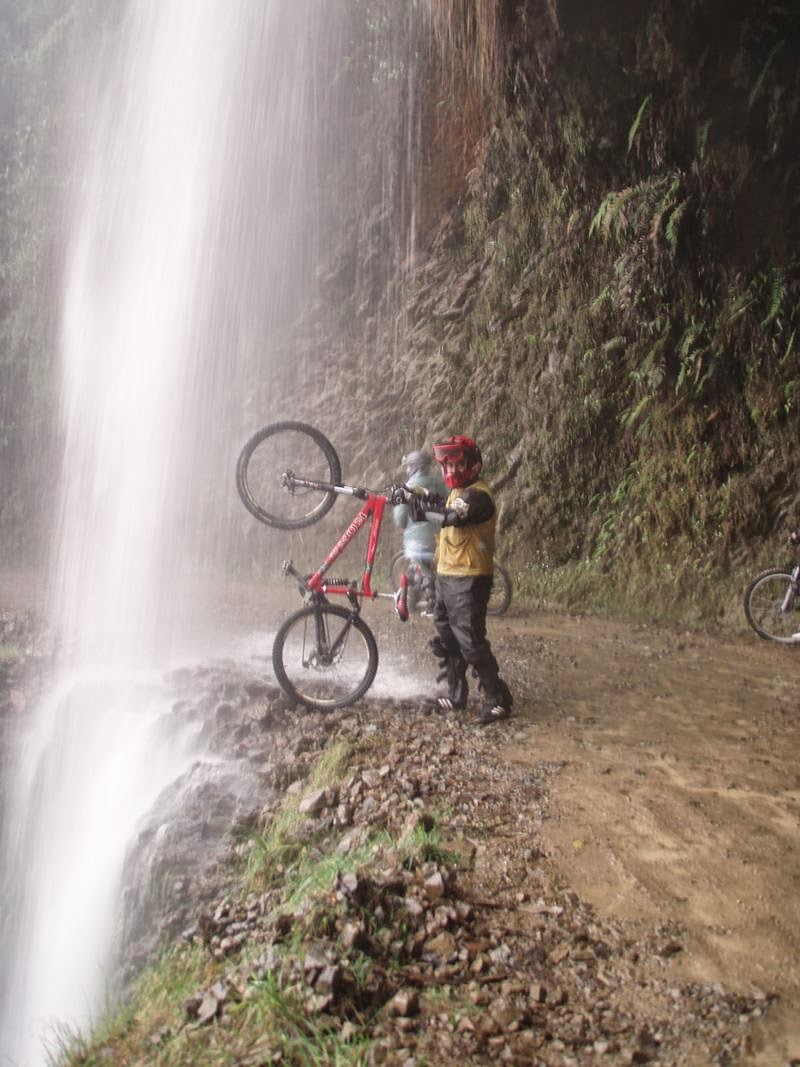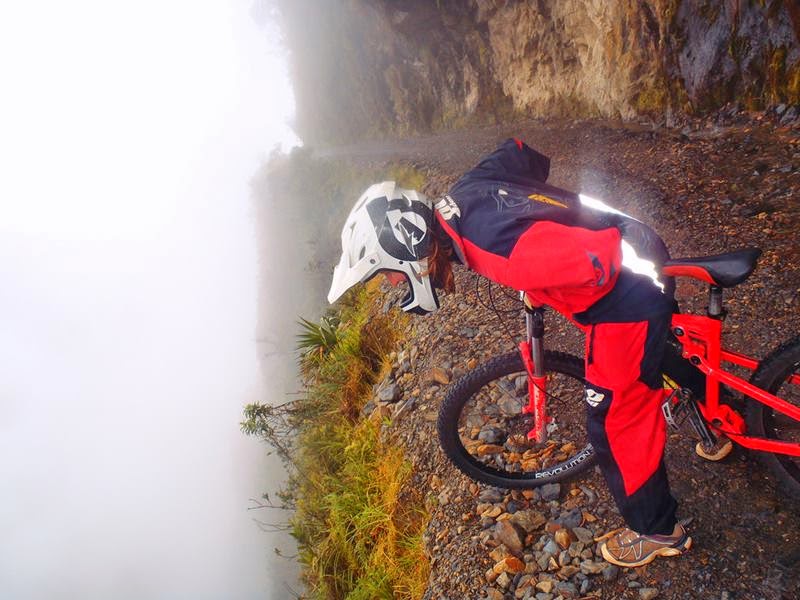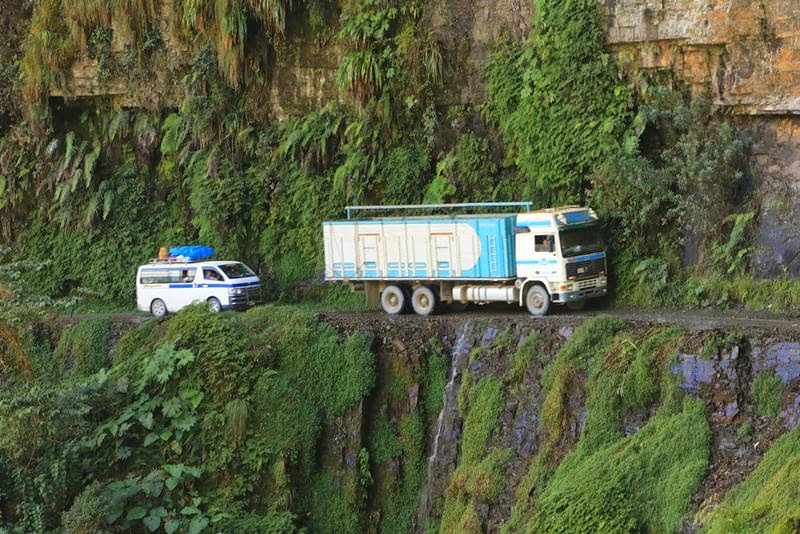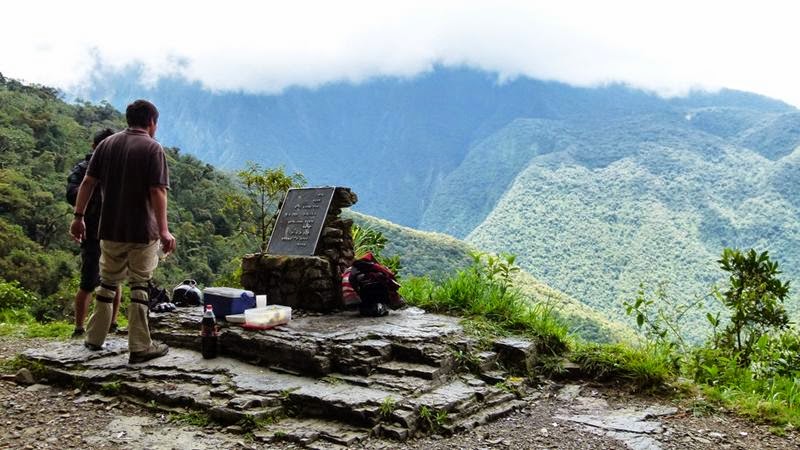Soledar is a city in Donetsk Oblast of Ukraine. The name of the town stands for 'gift of salt' both in Russian and Ukrainian. The town was named Karlo-Libknekhtivsk after Karl Liebknecht, the German socialist, when it was created in 1965 during Soviet times. It was renamed Soledar in 1991 after the Ukraine became independent. This small is situated on the place of shallow bay of ancient Permian sea which existed there 250 millions years ago. After the sea dried out, here appeared one of the purest salt deposit in the world and the biggest one in Europe. In spite of more than 100 years of underground working, resulted in more than 125 miles of mines, these salt field resources are enough for 2 thousand years more. While tourists are attracted not by functioning mines, but exhaust one which is added to the UNESCO list of world culture heritage. Miners who worked in it turned the empty mines into magnificent temples by creating sculptures, pictures, chapels and grottos from salt blocks. Everything here is made of salt: walls, ceiling, floor, figures and trees.
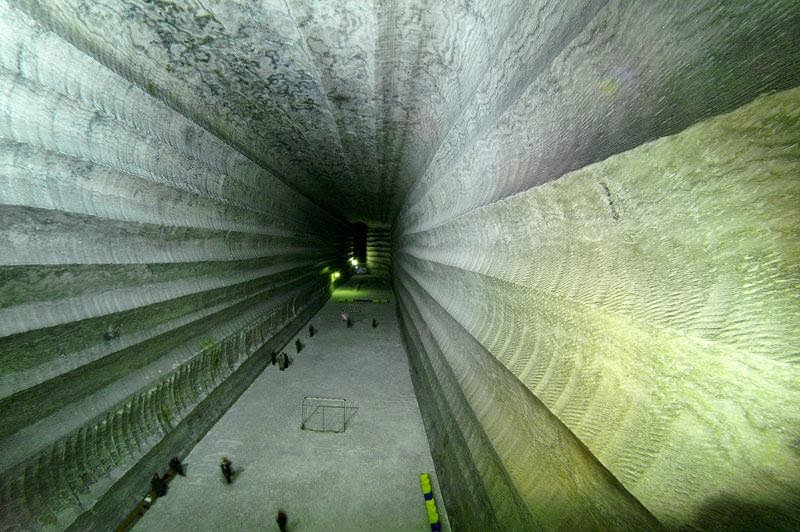
The route along the salty galleries of this underground city at a depth of 300 meters is about 700 meters long and ends with a huge hall of 40 meters height. The acoustics in the hall is so amazing that sometimes it becomes the concert hall for symphonic orchestra. Kurt Schmidt, Austrian composer and director says that there are only 2 or 3 theaters in the world that can compete the acoustics ofSoledar's salt mines: "I am impressed! The notes flew up to the arch of the grotto, and then slowly as a cloud fell down. Incredible!". [First Photo credit Lenelenka]
Photo credit Dmitry Panoff
Near the tourist route there is a speleo-sanitarium "Salty Symphony" where the following diseases are successfully cured: bronchial asthma, asthmatoid bronchitis, obstructive bronchitis, chronic pneumonia, rhinoallergosis, atopic dermatitis, some forms of psoriasis, weak immunity, thyroid diseases. Patients' sense of well-being is influenced by the following factors: atmospheric pressure 772 mm Hg (millimeters mercury column), air humidity 60%, temperature 14-16 °?, as well as air itself is filled with salt pieces with size of 1-5 micron and concentration of 15 mg in 1 cu m. The treatment in the microclimate of salt mine is one of the most effective because 70-85% adults and 85-95% children recover there according to statistics.
Salt Mine Music Hall, Soledar, Ukraine
Imagine a salt pebble as large as a city and your right in the middle of it. Photo credit Andrei Stolper
Usually the tour goes on for about 4 hours. During this time tourists can visit underground football field, church, labyrinths, concert hall, gallery, see the original figures made of salt, take a rest at underground bar, watch a movie about speleo-sanitarium, take pictures and video, play billiards, table tennis, chess, and simply have a rest and breathe the unique air of salt mine. Along the route medical staff and guide will do some training in medical respiratory gymnastics and tell interesting stories about the salt mine.
Soledar is a town which name stands for "gift of salt". We visited its major sight: the underground galleries and chambers of salt mines. Photo credit Zfort Group
Photo credit Zfort Group
The people there is a perception that the salt is harmful to the body in large quantities. This applies to its consumption as food. But a visit to the seabed, when there is not a single object of a different material than salt, very useful, especially for the imagination. A breath of air saturated micro-particles of salt - all powerful healing effect.
Photo credit Thierry Sturm
Sculptures created not Mother Nature, and the master with golden hands. Sinking to a depth of nearly 300 meters, you get the opportunity to walk along the bottom of the oceans, see the real football field with shallow salt crumbs instead of green grass , with a stunning concert hall acoustics.
Photo credit Thierry Sturm
There is a church in one of the worked out salt galleries of the city. In December 2003, the chamber 41 bis broke a record listed in the Guinness Book of Records as the first underground "Hopper" ballooning. In October 2004 there was a concert of Donbass Symphony Orchestra "Salt Symphony" under the direction of Austrian conductor Kurt Schmid with a participation of Victoria Lukyanets, soloist of the Vienna State Opera. Photo credit Thierry Sturm
Soledar is a town which name stands for "gift of salt". We visited its major sight: the underground galleries and chambers of salt mines. Photo credit Zfort Group
Photo credit Thierry Sturm
Soledar Ukraine — is a town which name stands for "gift of salt". We visited its major sight: the underground galleries and chambers of salt mines. Photo credit Zfort Group
Source — Wikipedia | Showcaves | Discover-Ukraine | Topertravel | Krt.dp
